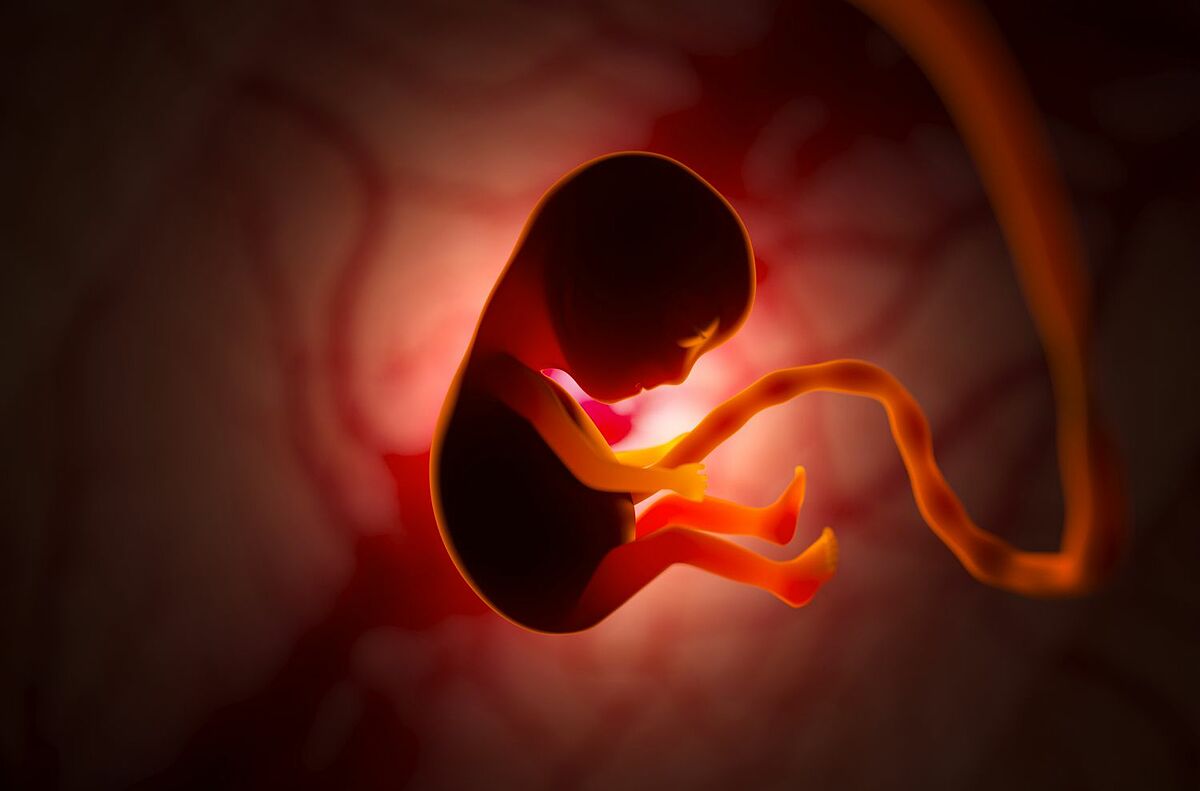The decision was made on 26/7. This research will be conducted for scientific purposes, focusing on issues like infertility and genetic diseases.
According to a report by a government-appointed bioethics panel of scientists, doctors, and legal experts, these embryos will be cultured for a maximum of 14 days. Implantation into human or animal wombs is strictly prohibited.
This proposal forms the basis for the Japanese government to consider revising relevant guidelines. While not yet permitting the creation of life, this advance raises ethical challenges as stem cell-derived embryos could theoretically develop into humans if implanted.
In natural or traditional in-vitro fertilization (IVF), embryos are formed from the combination of an egg cell from the mother and a sperm cell from the father. This is a fundamental biological process where genetic material from two individuals is combined to create new life.
In contrast, in the new Japanese research, scientists are using stem cells—either iPS cells (reprogrammed from adult skin cells) or ES cells (taken from very early embryos). This means they do not need eggs or sperm in the conventional sense but use these initial cells to "build" embryos.
The second difference lies in the process of embryo creation. With eggs and sperm, after fertilization, a single zygote is formed and then automatically divides, developing along a predetermined biological path to form an embryo. This is a natural process, with cells self-organizing and specializing.
However, when using stem cells, scientists do not perform fertilization. Instead, they must "guide" and manipulate these stem cells using complex techniques to self-organize into embryo-like structures. These structures are only models, mimicking the early developmental stages of real embryos, not complete embryos capable of developing into a baby.
The purpose of conventional egg and sperm fertilization is reproduction, to create a real human being. But with "embryos" created from stem cells, the main purpose is scientific research. Scientists want to use them to better understand human development, test drugs, or study developmental diseases without using real embryos, which raises many ethical concerns.
It is important that these "embryos" are never implanted into a womb and are only cultured for a very short time (e.g., 14 days) to avoid the complex ethical issues that would arise if they developed too far. Japan's new regulations also only allow embryos to exist for this period.
 |
A developing embryo in the mother's womb. Photo: Very Well Mind |
A developing embryo in the mother's womb. Photo: Very Well Mind
The Japanese government also requires the expert group to create only the minimum number of embryos needed for research. Their use is also intended for comparison with normally fertilized eggs, to clarify the differences in early development.
Despite the enormous scientific potential, research on human embryos (whether natural embryos or embryo models from stem cells) remains an ethically and legally sensitive topic globally. Most countries and scientific organizations adhere to the "14-day rule." This rule limits the culture time of human embryos (or embryo models) in the laboratory to a maximum of 14 days after fertilization or until the appearance of the primitive streak—the first sign of embryonic organization.
Many countries, including the UK, the US, Japan, Israel, and Sweden, allow research on human embryos (usually surplus embryos from IVF) within the 14-day limit. However, some other countries completely ban human embryo research. For stem cell-derived embryo models, regulations are gradually being updated, and many places do not have specific laws, leading to the need for clearer guidelines.
Thuc Linh (According to Kyodo, ISSCR)












